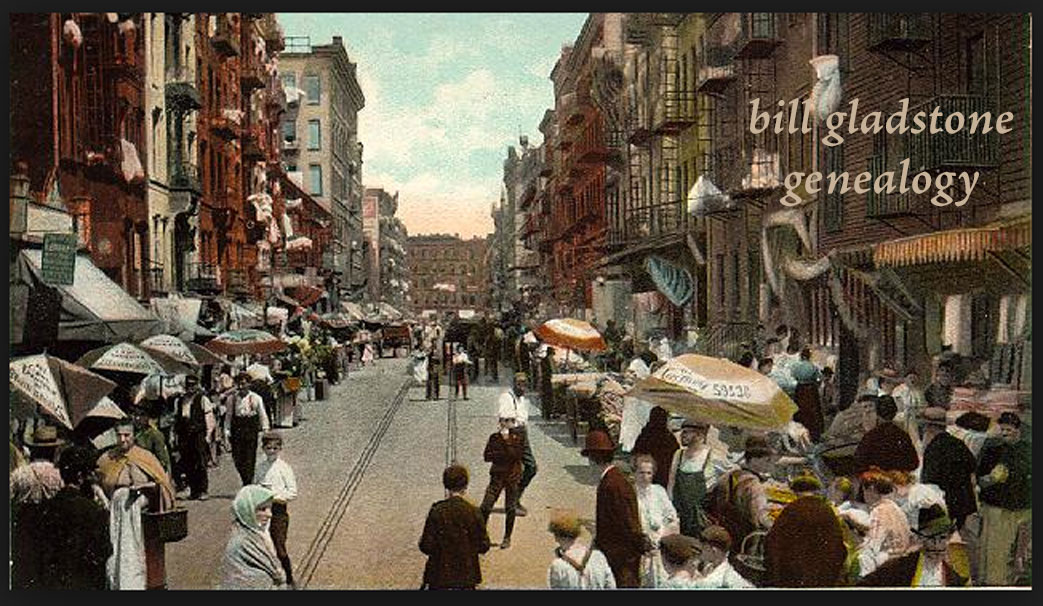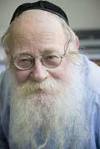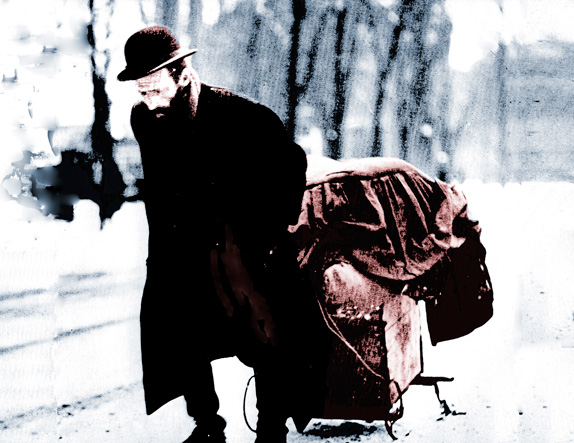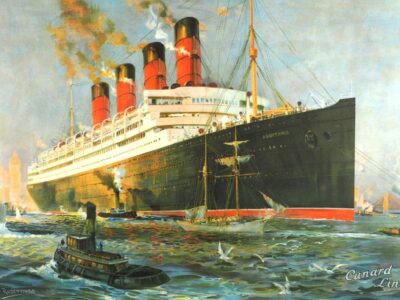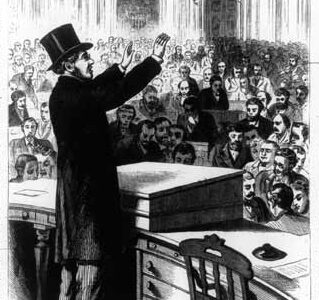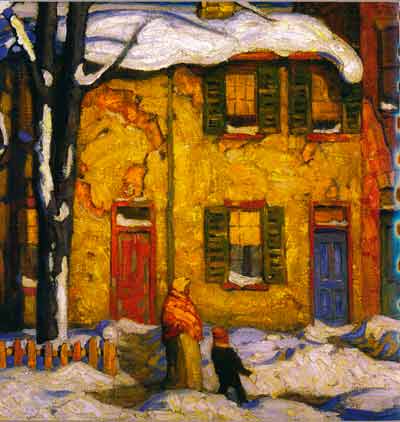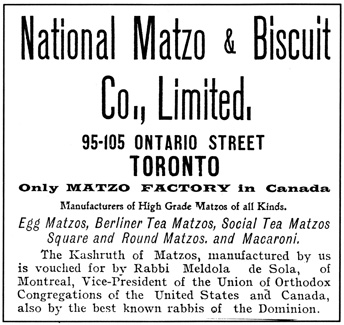“Let my people know” is the chief motto of Rabbi Adin Steinsaltz, one of the pre-eminent “talmud hakhums” of our generation and the subject of this engaging book by Arthur Kurzweil.
Widely regarded as a genius, Steinsaltz has penned dozens of books in which he attempts to bring the fire of Jewish mysticism down to earth. For the last 40 years he has also devoted himself to the monumental task of translating and publishing the Talmud for the edification of the masses: his widely-hailed “Steinsaltz” edition stands as an astonishing, trailblazing accomplishment, unparalleled until the Schottenstein edition appeared from Art Scroll, the product of a team of rabbis. Largely as a result of these two editions, there are presently more Jews studying gemorrah, Daf Yomi or otherwise, than at any point in Jewish history.
Deeply affected by Steinsaltz’s remarkable and lucid book The Thirteen Petalled Rose, which he quote quote by heart, Kurzweil offered to be the holy man’s chauffeur on his frequent trips to the New York area. Thirsty for learning and in search of (as he puts it) “a teacher with a capital ‘T’,” Kurzweil often picked him up at the airport at 5 a.m.
A genealogist and book publisher, Kurzweil’s early book on Jewish genealogy, From Generation to Generation, had already become the most popular work in its field. Possessed of the writer’s habit, he industriously began to record many “mind-blowing encounters and inspiring conversations” with his celebrated passenger. The result is an engrossing book, On the Road with Rabbi Steinsaltz: 25 Years of Pre-Dawn Car Trips, Mind-Blowing Encounters, and Inspiring Conversations with a Man of Wisdom (Jossey-Bass, 20007).
Many illuminating sparks are thrown off in Kurzweil’s encounters with Steinsaltz. Despite a certain propriety, Kurzweil (who has heard Steinsaltz lecture at least 200 times) was rarely at a loss for penetrating questions. The diminutive, bearded rabbi would typically reward him with wise and pithy answers, delivered between puffs of his habitual pipe and sometimes with a playful gleam in his eye.
Fortunately, there was usually much time on the road between appointments: the book provides many fine examples of uncanny conversational luminescence. For instance, the disciple once asked his teacher to elaborate on his comment that the Talmud and Kabbalah are really the same.
“The commonly held view that Kabbalah and Talmud are in and about different worlds is a misconception,” the latter replied. “It is simply not true. There is an organic unity of the whole. The Kabbalah and the Talmud are different forms of expression of the same thing, but each in its own way.
“There was never a real separation between the daily obligations that we do and the esoteric or mystical aspects of the tradition,” he continued. “They have always been connected. They are different aspects of the same thing.”
Although he holds the Jewish people as a unity, Steinsaltz is an adherent of the Hasidic branch of Jewry. Kurzweil once took him to meet the charismatic Lubavitcher Rebbe Schneerson in Brooklyn: the two exalted personalities greeted each other warmly and the one presented the other with two newly-printed volumes of his Talmud edition and received his blessing.
“A moment before we left, Rabbi Steinsaltz encouraged me to come closer to where the two of them were standing,” Kurzweil writes. “He encouraged me to stand in a spot where the Lubavitcher Rebbe looked at me, offered me a blessing, and whispered something into my ear as well: ‘Be his driver, but be your own driver. Add more mitzvahs.’”
On later visits, Steinsaltz would frequently visit Schneerson’s grave; for him, Hasidism was the normative Jewish tradition, its sphere of influence tragically curtailed by the pogroms and then more radically by the Holocaust. “It is how Judaism has always appeared to me in any significant way,” he said. “Looking at Judaism in the recent era without Hasidus would be like looking at the Talmud today and ignoring the Acharonim, the Talmudic commentators from the 1600s to the present.”
Despite its undeniable hagiographical tendency, On the Road is also a journal of philosophical exploration and autobiographical reflections that stamp it with the author’s personality. Since the book is not a scholarly biography, personal details are sparse about its subject, who was rarely keen to talk about himself. “My biography is simple,” he once said. “I was born in Jerusalem, and I still live there. Nothing else is very interesting.”
Steinsaltz grew up in a non-observant household, read Marx and Lenin before he read the Bible, and began his Jewish studies as a teenager. His father once said he didn’t care if his son became an apikores (heretic) but didn’t want him to be an ignoramus. “My mother and father were skeptics,” Steinsaltz said in explaining his late entry into Judaism. “They brought me up to be a skeptic. In fact, I became such a skeptic that I became skeptical of skepticism.”
A sub-theme of the book is Kurzweil’s spiritual growth; as the years progress, he loses some of his awe for his teacher and begins to recognize a parallel authentic quality within himself. Fittingly, the book ends with a telling remark from his mentor as he is being dropped off at his hotel. “I was once worried about you,” Rabbi Steinsaltz said. “You used to put me so high. I see that you’ve grown up a little.” ♦
© 2007
